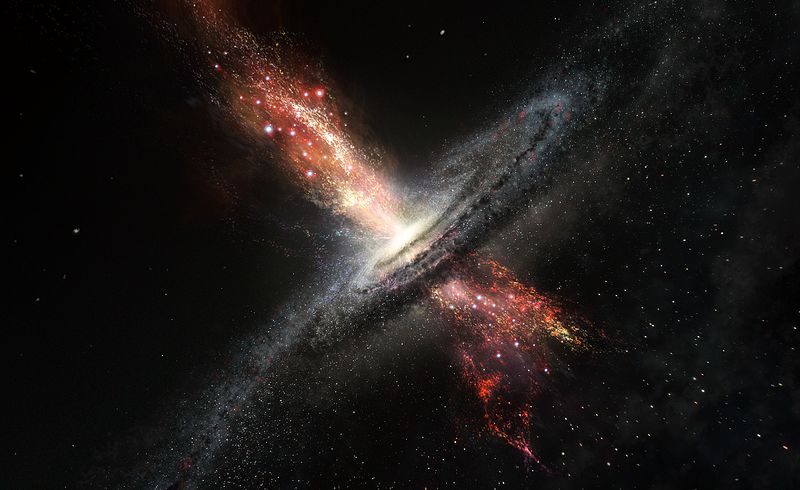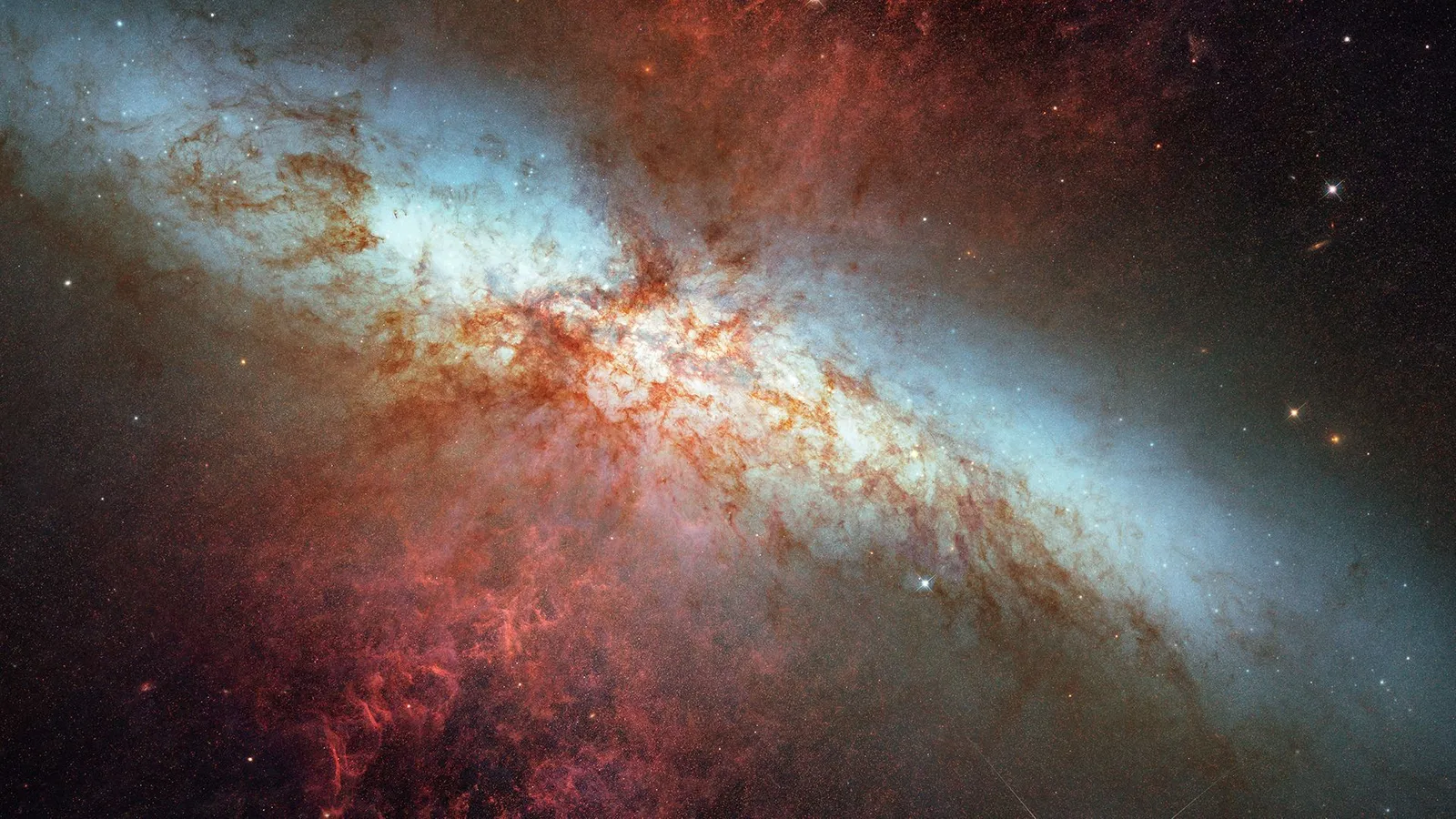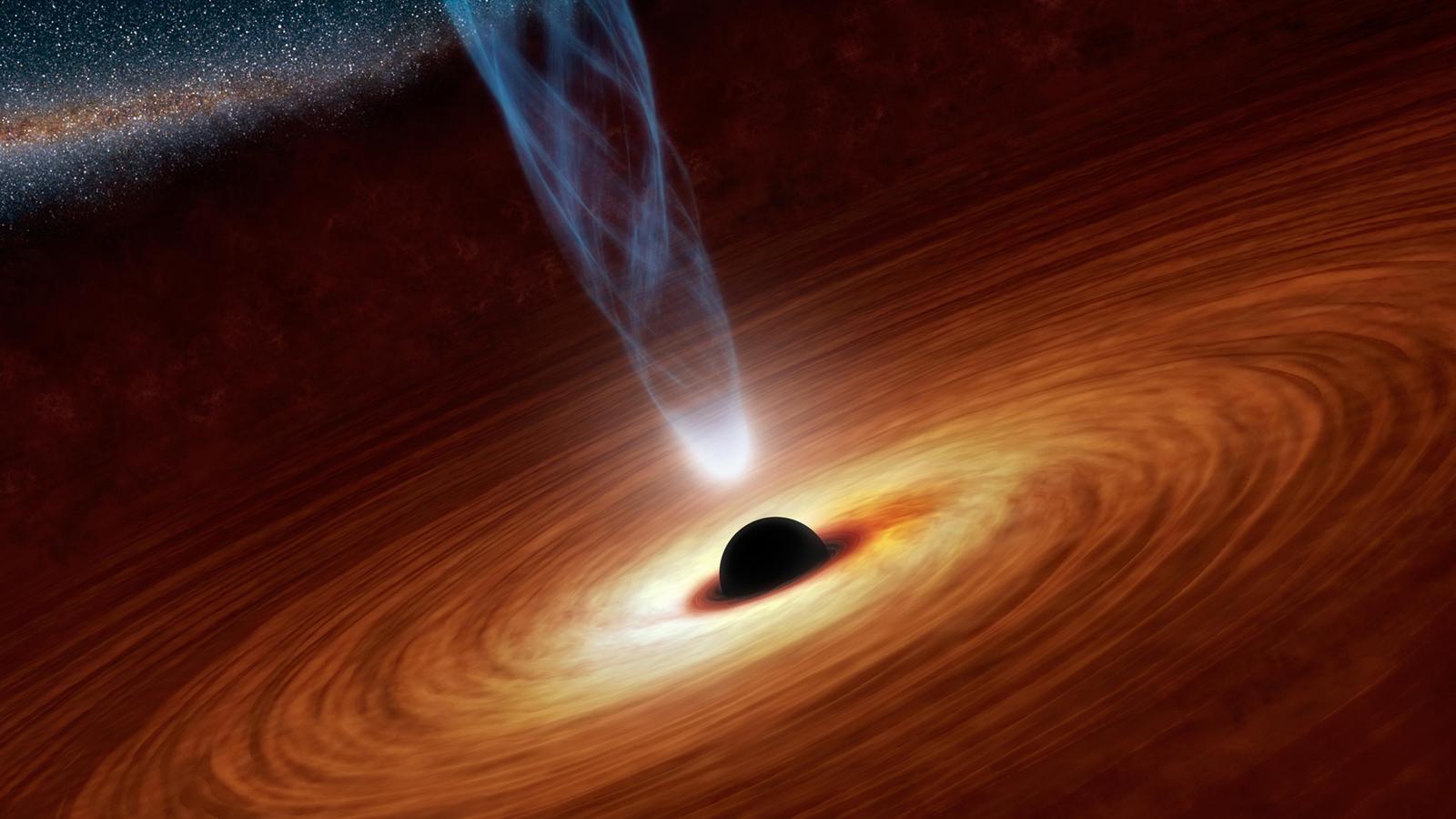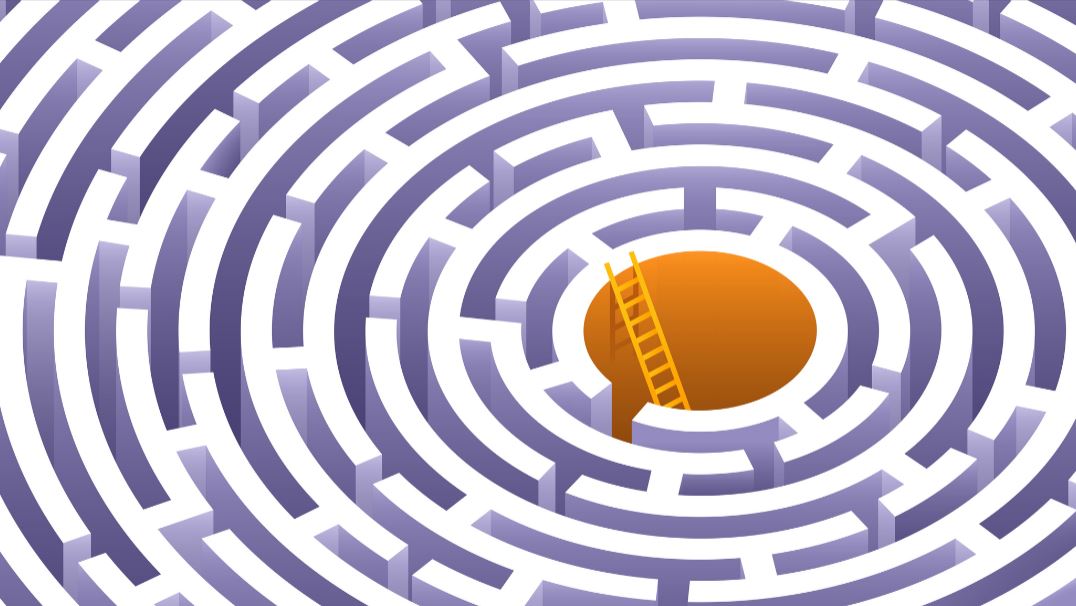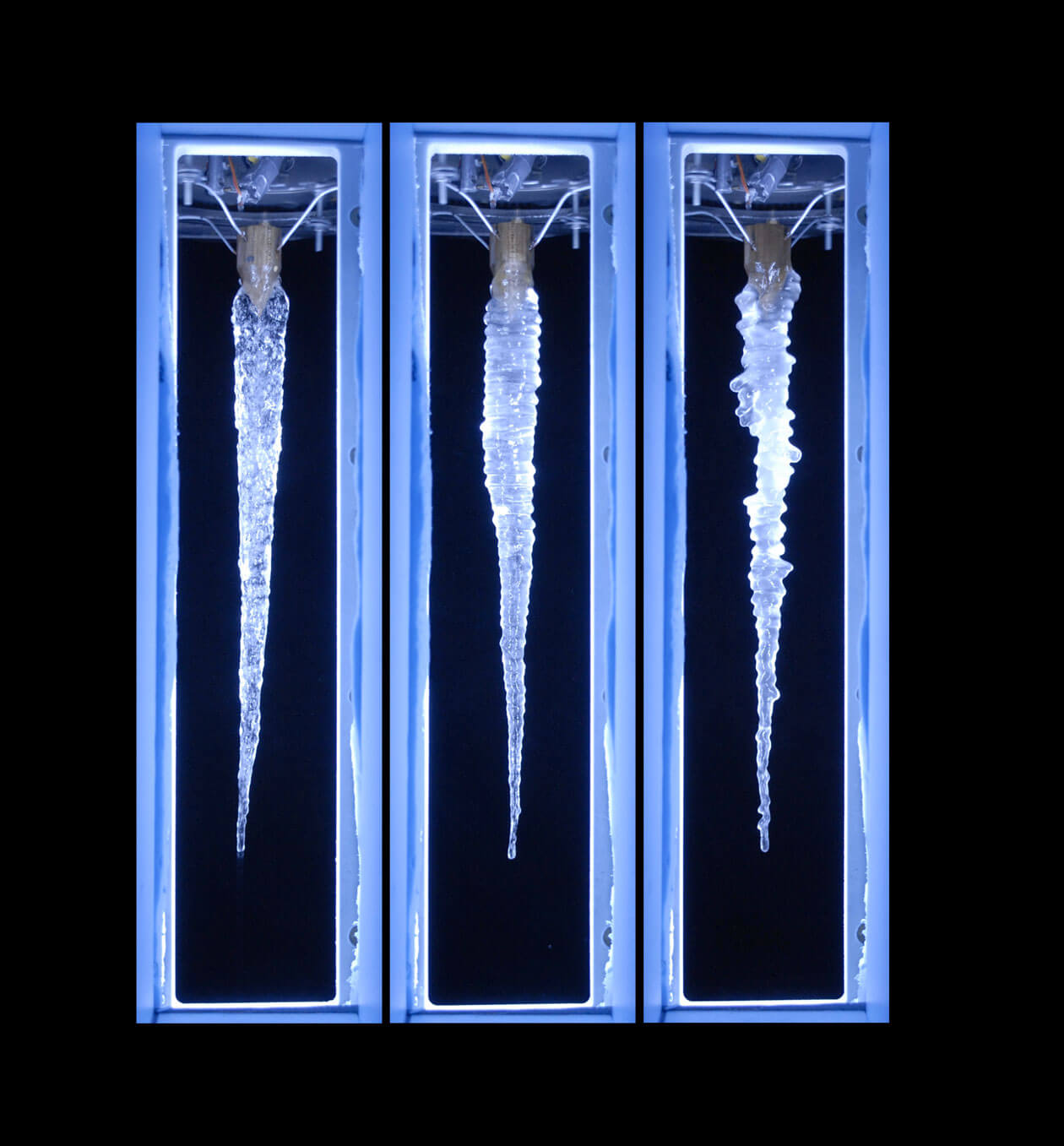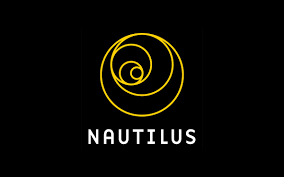They are the biggest black holes in the known Universe, billions of times more massive than our Sun, but little is known about how these monsters form and grow so big. New telescopes and techniques are giving us a new way of looking at these giants. Halfway between the belly of Delphinus the Dolphin and […]
Patchen Barss
A moment of silence, a glimpse inside a black hole, and the Nobel Prize
On a crisp September day in 1964, Roger Penrose had a visit from an old friend. The British cosmologist Ivor Robinson was back in England from Dallas, Texas, where he lived and worked. Whenever the two met up, they never lacked for conversation, and their talk on this occasion was non-stop and wide ranging. As […]
The weird space that lies outside our Solar System
Far from the protective embrace of the Sun, the edge of our Solar System would seem to be a cold, empty, and dark place. The yawning space between us and the nearest stars was for a long time thought to be a frighteningly vast expanse of nothingness. Until recently, it was somewhere that humankind could […]
What if the Universe has no end?
The usual story of the Universe has a beginning, middle, and an end. It began with the Big Bang 13.8 billion years ago when the Universe was tiny, hot, and dense. In less than a billionth of a billionth of a second, that pinpoint of a universe expanded to more than a billion, billion times […]
Quantum computing moves from theory to market, race for supremacy heats up
For decades, quantum computing research largely happened in university laboratories, where the field’s tremendous theoretical potential contrasted with the reality of slow, incremental progress. Today, though, startups and established tech companies are helping to drive advances in the field, bringing quantum computing into the mainstream. One Toronto-based startup, Xanadu, is betting on a branch of […]
We can be heroes, just for one hour
A serial killer runs amok, taunting the police with cryptic puzzles and clues. A quantum physicist enters an ultra-secure laboratory and disappears into the ether. An ancient monarch hides her most prized treasure in the heart of a booby-trapped dungeon. These and hundreds of other scenarios — often lifted from sci-fi, fantasy, horror, espionage, heist, […]
Why is an icicle shaped like an icicle?
In his cluttered lab at the University of Toronto, Stephen Morris peers through the viewfinder of a camera pointed into a slot in an insulated plywood box the size of a beer fridge. Jutting wires and hoses connect the box to water tanks, drains, and power sources. Inside, a mixture of water and fluorescent dye […]
Toronto Launch for Flow Spin Grow
Please come to the Toronto launch of Flow Spin Grow: Looking for Patterns in Nature.
Event details:
Date: Saturday, October 13
Time: 2–4 p.m.
Location: Queen Books, 914 Queen St. E.
I hope to see you there!
Primal Urge
Two to the power of Seventy-Four Million Two Hundred and Seven Thousand Two Hundred Eighty-One minus One, a Castor Design book series comprised of three volumes, transforms the largest prime number known into a physical object. Did human beings discover mathematics, or did we invent it? Are concepts like perfect squares, parabolas and prime numbers […]
The Dark Corners of Our DNA Hold Clues about Disease
The so-called “streetlight effect” has often fettered scientists who study complex hereditary diseases. The term refers to an old joke about a drunk searching for his lost keys under a streetlight. A cop asks, “Are you sure this is where you lost them?” The drunk says, “No, I lost them in the park, but the […]
Seven Molecules’ Claim to Fame
From drinking water to DNA, from caffeine to carbon dioxide, and from Lipitor to Viagra—that is from atorvastatin to sildenafil citrate—molecules define our personalities, regulate our abilities, and dictate our feelings. Invisible to the human eye, many of them are biological celebrities: They famously smell or stink, make us feel depressed or elated, pollute our […]
Impossible Cookware and Other Triumphs of the Penrose Tile
In 1974, Roger Penrose, a British mathematician, created a revolutionary set of tiles that could be used to cover an infinite plane in a pattern that never repeats. In 1982, Daniel Shechtman, an Israeli crystallographer, discovered a metallic alloy whose atoms were organized unlike anything ever observed in materials science. Penrose garnered public renown on […]
The Quantum List Project: Blue Light Special
Why are blue things blue?
Blue dyes, blue eyes, blue skies and even blueberry pies have one thing in common: they all generate electromagetic radiation with wavelengths between 450 and 495 nanometers – the range commonly known as “blue.”
They don’t all do it the same way, though. Blueberries have a pigment called anthocyanin that can be blue or purple. Indigo dye contains a nitrogen-based substance that must react with oxygen to turn blue. Blue eyes have no pigment at all, but instead get their colour from refracted light. The blue of the sky results from a complex quantum phenomenon known as Rayleigh scattering.
That’s just physics and chemistry. There’s also biology and brain science to consider. Light enters the eye, hits the retina, and stimulates receptors that kick the brain’s visual cortex into action. Neurons fire, and somehow the thought “I see blue!” is generated.
At least, that’s how it works in North America. (If you’re neither colour-blind nor a tetrachromat. And are a human being.)
The Japanese concept of blue, known as “aoi” also includes some shades of green. The Russian language treats light and dark blue as separate colours. Dogs have only two types of colour receptors compared to humans’ three, and thus have much less sophisticated colour differentiation. Butterflies, with eight spectral receptor types make human perception seem paltry.
I can talk about this until I’m blue in the face, but here’s the point: Every child understands colours, but the hues in a Crayola box become vastly more difficult to pin down when you revisit them with a researcher’s sensibility. Not only is blueness more mysterious and changeable than it at first seems, but it is also part of a continuum, a spectrum of electromagnetic radiation that extends far beyond anything any known living creature can perceive.
The mysteries of the electromagnetic spectrum are on my mind for two reasons.
First, I’m thinking about solar power. In particular, Karin Hinzer, a University of Ottawa researcher who is working to improve the efficiency of solar panels by drawing on wavelengths of electromagnetic radiation that the human eye can’t perceive. Her work speaks to fundamental questions about light and colour – why do some wavelengths pass straight through certain materials, but get absorbed and re-emitted by others? What’s actually happening on an atomic or molecular scale? How can we move beyond our perceptual limitations and tap into a bigger picture?
Second, the National Public Radio program Radiolab, has a funny, lyrical, unsettling new episode called “Colors.” Among other things, it creates an eerie feeling that a world of wonders exists just beyond what we can see, hear and feel. As Hinzer’s research demonstrates, there is indeed such a world, and not only can we access it, but we can make use of what we find there.
If you care to see light in a new light, I recommend the following:
1. Read Karin Hinzer’s profile on the Research Matters website.
2. Listen to Radiolab’s Colors podcast:
3. Visit Hinzer’s SUNlab site, which contains more detail on how she’s advancing solar power technology by tapping into the invisible.
SPECIAL NOTE: I wrote this blog entry for the Research Matters website, but am reposting it here, as it relates to The Quantum List Project.
How Marshall McLuhan’s legacy lives on at the University of Toronto
You don’t have to be the most celebrated media theorist of the 20th century to pepper your conversation with phrases such as “global village” and “the medium is the message.” In the ’60s and ’70s, though, Marshall McLuhan’s prescient aphorisms and his prediction of the internet helped propel him from anonymous University of Toronto literature prof to an internationally renowned public intellectual. In 2011, when many of McLuhan’s once-revolutionary concepts have become commonplace, what can he offer modern media discourse?
The Quantum List Project: You are my sunshine
Sunlight streams down on my kitchen table. Eight and a half minutes earlier, 93 million miles away, these photons left the surface of the sun. These photons were created deep below the sun’s surface, where hydrogen, crushed by the Sun’s incredible gravity, fused into helium. It takes four hydrogen atoms to make one of helium, and in each such fusion 0.032 atomic mass units of mass is converted into electromagnetic radiation – heat and light.
Ninety-three million miles they traveled at a speed of 186,000 miles per second. (I don’t need to look up these numbers. They have been in my head since I was 11 years old. Which also explains why I talk in miles.) Light behaves both as a stream of particles and as a wave. Were it not so, the sun’s energy could never travel through the vacuum of space – if light were just waves, like sound waves, they would stop dead when there is no longer something for them to pass through.
After such a long journey in a perfectly straight line (I know, I know – gravity bends the spacetime continuum, and who knows what a straight line really is in that context anyway?) at the final moment, just a few kilometres above my house, they hit atmosphere, and for the first time, change direction and speed. Some photons of certain wavelengths are scattered, contributing to the blueness of the sky and the red of the sunrise. Others hit water vapour or dust particles, and are absorbed – their journey cut short without warning or reason. Quadrillions of others hit pavement, rooftops, sidewalks and tennis courts.
Some of their energy is converted into heat and radiated back up into the air, creating temperature imbalances that cause breezes, evaporation, precipitation – in short, weather. Others hit plants and trees that, after billions of years of evolution, have developed the ability to convert this energy and power factories that create sugars and proteins, leaves and flowers, fruits and vegetables, grains and grasses, bone and flesh pulling this planet out of the realm of geology and into the land of the living.
Some photons bend through the upper atmosphere at just the right angle to strike my kitchen window. They change direction and velocity when they hit the denser pane of glass and change again as they exit the other side – 93 million miles and then zig-zag-zig. They hit the table and bounce off, this time at different wavelengths – the unique shades of light and dark brown that indicate this table is made from varnished wood. A tiny portion of these photons get refracted through the lenses of my eyes, and end their journey on my retinas, where they cause a message to shoot up my optic nerve and jangle millions of neurons and axons.
I do more than register that photons of a particular type have entered my visual system – I understand what I’m seeing. These photons, a tiny percent of a tiny percent of a tiny percent of the light exploding off the Sun every second – these particles whose journey was, to every possible means of understanding it, arbitrary – allow me to move around my house, spread out the paper, and wake up to the world.
This kind of narrative is not always at the front of my mind, but it is almost always at the back. It is why I began The Quantum List Project. Physics is everywhere. It has power and beauty. To call it massively useful would be an understatement.

